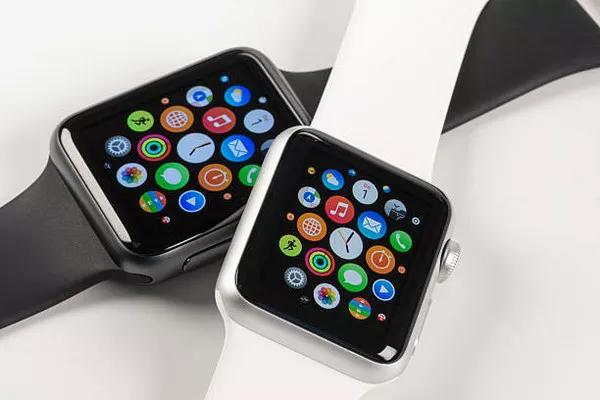In a recent report by Consumer Intelligence Research Partners (CIRP), a detailed analysis of Apple Watch sales reveals a surprising trend: the high-end Apple Watch Ultra models collectively outpace the more affordable Apple Watch SE 2 in terms of sales.
As Apple prepares for updates with the upcoming Series 10, Ultra 3, and SE 3 models, CIRP’s study sheds light on the current performance of Apple Watch variants. The data, covering the June quarter of 2024, shows that the Apple Watch Series 9 leads the market with a commanding 43% of sales, followed by the Series 8, which captures 19%. It is notable that the Series 9, which includes a blood oxygen monitor, remains unavailable for purchase in the US, while the Series 8 is only accessible through third-party retailers.
The Apple Watch SE 2 holds a 12% share of the market, but the combined sales of the Apple Watch Ultra 2 (11%) and the original Ultra (9%) surpass the SE 2 and Nike editions (5%) combined. Despite this, there remains a significant portion of consumers opting for older models. Nearly one-third of all Apple Watches sold in the June quarter were from previous generations, indicating that many buyers are choosing to save money rather than invest in the latest models.
In comparison to the iPhone and iPad, where premium models generally account for at least a quarter of total sales, the Apple Watch Ultra models account for a smaller share of 20%. This discrepancy highlights that while Apple’s higher-end offerings are popular, they do not dominate the market as extensively as their counterparts in the smartphone and tablet categories.
Looking ahead, Apple is expected to continue emphasizing both the Ultra and SE lines. The upcoming SE 3 is rumored to feature a plastic finish, potentially making it a more attractive option for cost-conscious consumers by significantly reducing its price.
Despite these updates, the frequent yearly upgrades to the Apple Watch Ultra, which often add minimal new features, seem peculiar. The anticipated Apple Watch Series 10, marking a decade of the series, is expected to deliver a less dramatic update than anticipated, possibly reflecting a more conservative approach to design changes.

